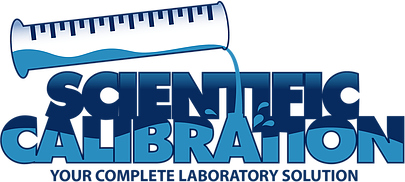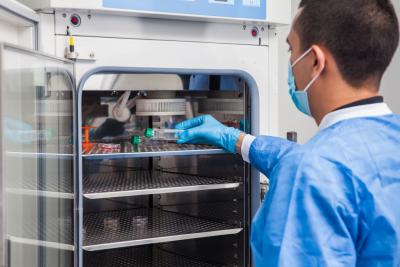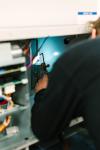Blog
New vs. Certified Pre-Owned Lab Equipment: What’s Right for Your Lab?
July 22, 2025| Posted in Equipment, Lab Equipment| 58
When Every Minute Counts: Emergency Repair & Maintenance Services for Critical Lab Equipment
June 9, 2025| Posted in Lab Maintenance and Repair| 550
Precision Meets Reliability: Benchtop Lab Equipment Services That Keep Your Lab Running
June 9, 2025| Posted in Lab Maintenance and Repair| 507
Optimizing and Maintaining Your HPLC and GC Systems
February 14, 2025| Posted in Lab Maintenance and Repair| 1464









